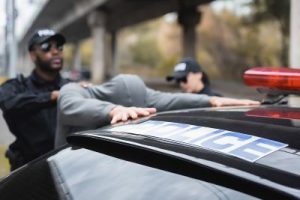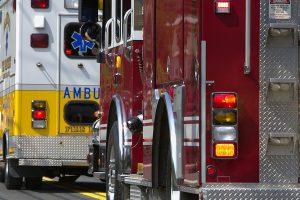 Digital twins are virtual, 3D representations of buildings, neighborhoods, or products built with real-world data collected from internet-of-things (IoT) devices like sensors, video cameras, and other enterprise data applications. These twins allow researchers, planners, and policymakers to experiment with changes to the object or environment to see if the desired results of that change are achieved. Applications include infrastructure improvement, sustainability planning, emergency response preparedness, and research and development. IoT in government is being driven by the results digital twins can achieve. One report showed that cities can expect to save $280 billion by 2030 with the deployment and use of digital twins. Continue reading
Digital twins are virtual, 3D representations of buildings, neighborhoods, or products built with real-world data collected from internet-of-things (IoT) devices like sensors, video cameras, and other enterprise data applications. These twins allow researchers, planners, and policymakers to experiment with changes to the object or environment to see if the desired results of that change are achieved. Applications include infrastructure improvement, sustainability planning, emergency response preparedness, and research and development. IoT in government is being driven by the results digital twins can achieve. One report showed that cities can expect to save $280 billion by 2030 with the deployment and use of digital twins. Continue reading


 In an effort to continue to keep us safe, law enforcement and other first responders are embracing and responding to the implementation of new technologies. In this post we'll take a look at three technology areas impacting how law enforcement carries out their mission - video, autonomous vehicles, and Internet of Things.
In an effort to continue to keep us safe, law enforcement and other first responders are embracing and responding to the implementation of new technologies. In this post we'll take a look at three technology areas impacting how law enforcement carries out their mission - video, autonomous vehicles, and Internet of Things. Pandemic-necessitated remote work and increased reliance on online apps and sites for routine everyday tasks like shopping and transportation showed us that Internet connection is a critical utility. It also proved that getting connected is not enough -- the speed and quality of that connection have a huge impact on how we carry out day-to-day activities. In a timely coincidence, this reliance on connectivity comes at a time when networks are improving their service to supply that exact speed and reliability.
Pandemic-necessitated remote work and increased reliance on online apps and sites for routine everyday tasks like shopping and transportation showed us that Internet connection is a critical utility. It also proved that getting connected is not enough -- the speed and quality of that connection have a huge impact on how we carry out day-to-day activities. In a timely coincidence, this reliance on connectivity comes at a time when networks are improving their service to supply that exact speed and reliability. Artificial Intelligence (AI) allows tasks that typically require human intelligence to be completed at machine speed. For government agencies, this means that they can make better use of the troves of data they hold for daily decision making, strategic planning, and citizen service.
Artificial Intelligence (AI) allows tasks that typically require human intelligence to be completed at machine speed. For government agencies, this means that they can make better use of the troves of data they hold for daily decision making, strategic planning, and citizen service. FirstNet is a nationwide wireless broadband network for first responders being built and deployed through a first of its kind public-private partnership. FirstNet was borne out of the September 11, 2001 tragedy where it became clear that the radio systems police, fire, and paramedics relied on did
FirstNet is a nationwide wireless broadband network for first responders being built and deployed through a first of its kind public-private partnership. FirstNet was borne out of the September 11, 2001 tragedy where it became clear that the radio systems police, fire, and paramedics relied on did
